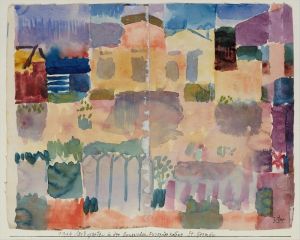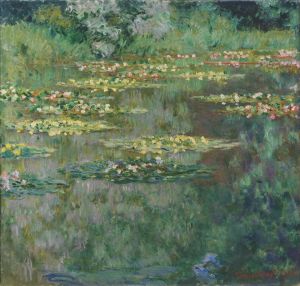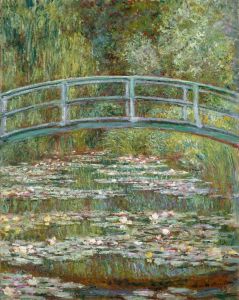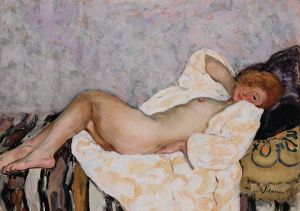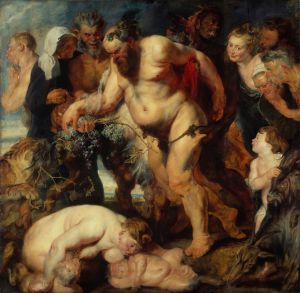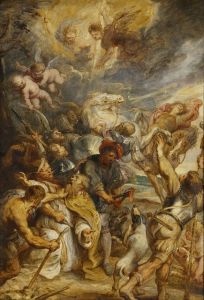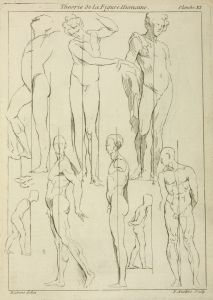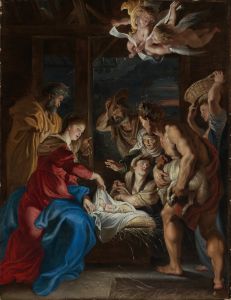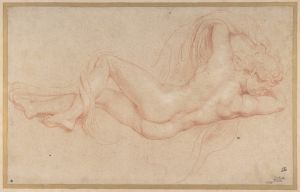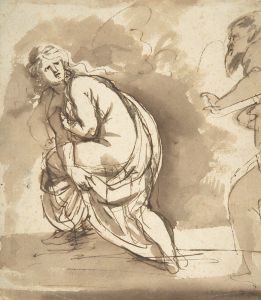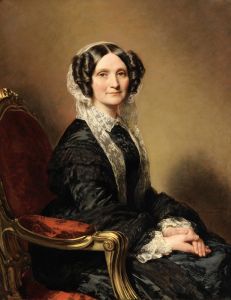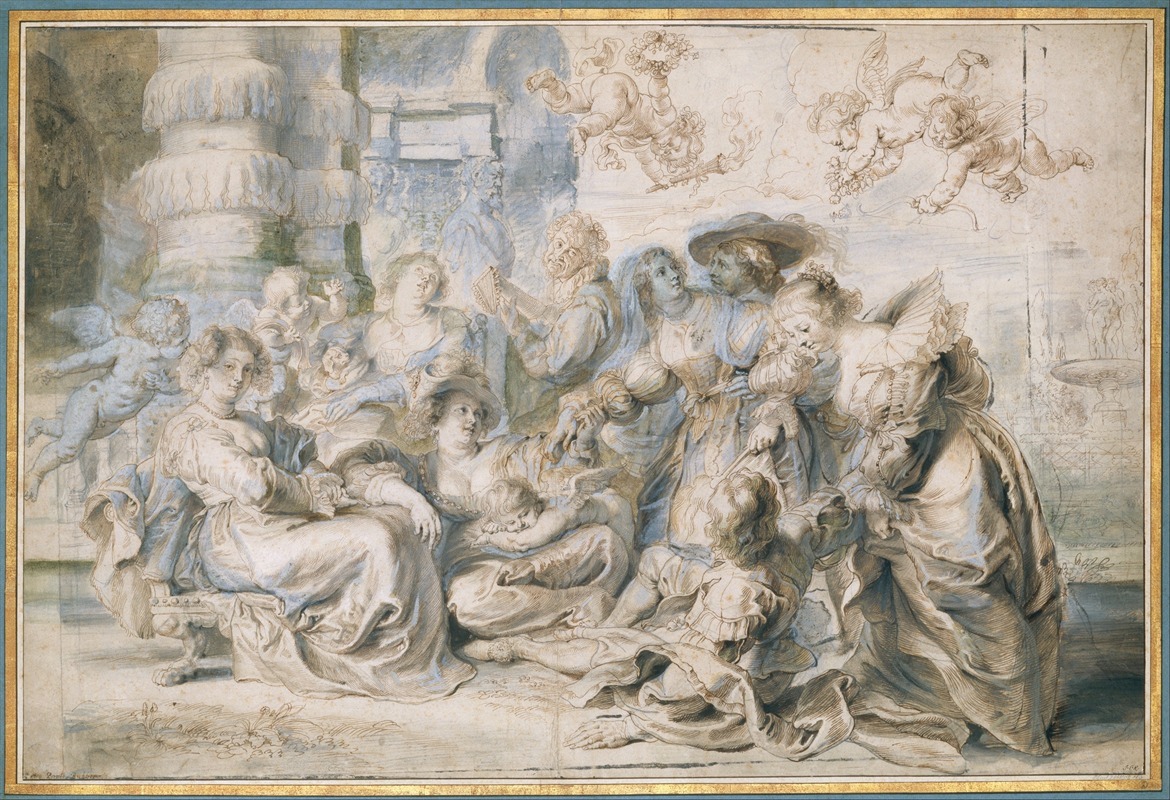
The Garden of Love
A hand-painted replica of Peter Paul Rubens’s masterpiece The Garden of Love, meticulously crafted by professional artists to capture the true essence of the original. Each piece is created with museum-quality canvas and rare mineral pigments, carefully painted by experienced artists with delicate brushstrokes and rich, layered colors to perfectly recreate the texture of the original artwork. Unlike machine-printed reproductions, this hand-painted version brings the painting to life, infused with the artist’s emotions and skill in every stroke. Whether for personal collection or home decoration, it instantly elevates the artistic atmosphere of any space.
"The Garden of Love" is a celebrated painting by the Flemish Baroque artist Peter Paul Rubens, created around 1633. This work is a quintessential example of Rubens' mature style, characterized by its vibrant color palette, dynamic composition, and the sensuous depiction of figures. The painting is housed in the Museo del Prado in Madrid, Spain.
Rubens was known for his ability to blend the classical traditions of the Renaissance with the dynamism and emotion of the Baroque period. "The Garden of Love" exemplifies this synthesis, showcasing a scene that is both idyllic and lively. The painting is believed to have been commissioned by Rubens himself, possibly as a celebration of his marriage to his second wife, Hélène Fourment, in 1630. This personal connection may explain the joyful and intimate nature of the scene depicted.
The painting portrays a group of elegantly dressed men and women gathered in a lush garden setting, engaging in leisurely activities. The figures are surrounded by an abundance of flowers, trees, and classical sculptures, creating an atmosphere of opulence and romance. The garden is not just a backdrop but an integral part of the composition, symbolizing love and fertility, themes that are recurrent in Rubens' work.
One of the notable aspects of "The Garden of Love" is its allegorical content. The figures in the painting are often interpreted as representations of love and courtship, with the central couple possibly symbolizing the artist and his wife. The presence of Cupid figures, or putti, further emphasizes the theme of love, as they frolic and play among the human figures, guiding and encouraging romantic interactions.
Rubens' use of color and light in "The Garden of Love" is masterful. The warm, rich tones of the figures' clothing contrast with the cooler greens and blues of the garden, creating a harmonious balance that draws the viewer's eye throughout the composition. The play of light and shadow adds depth and dimension, enhancing the sense of movement and life within the scene.
The painting also reflects Rubens' interest in classical antiquity, evident in the inclusion of sculptures and architectural elements reminiscent of ancient Rome. These classical references serve to elevate the scene, imbuing it with a timeless quality that transcends the specific historical context of the 17th century.
"The Garden of Love" is a testament to Rubens' skill as a painter and his ability to convey complex themes through his art. It remains a significant work within his oeuvre, admired for its beauty, technical prowess, and the joyful celebration of love and life. The painting continues to attract art enthusiasts and scholars alike, who are drawn to its rich narrative and the masterful execution that is characteristic of Rubens' work.






